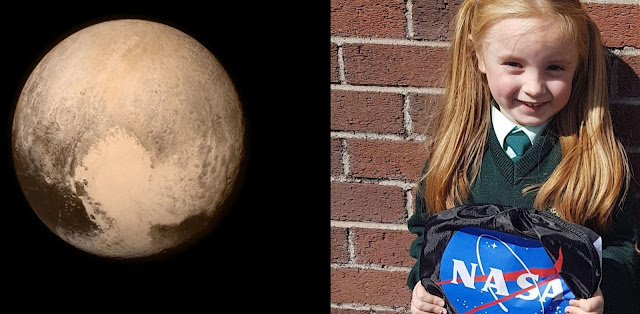A Russian Billionaire, Not NASA, May Uncover Alien Life
Enceladus, one of Saturn’s moons has recently emerged as a top priority in the search for alien life. NASA has already announced their plans to send a robot to the moon with plans to carry out an investigation, but it is very possible that the agency might be beaten by a Russian billionaire.
Yuri Milner has used his enormous wealth multiple times to advance the our current knowledge and understandings of the cosmos. For example, he has collaborated with physicist Stephen Hawking in creating an idea of an interstellar spacecraft. This concept has become a key component in the project named Breakthrough Starshot.
Currently, Milner has taken on a new project. He plans to send an inexpensive probe to the moon Enceladus in hopes of finding life in one form or another in the geysers that are on its surface. He suspects that a mission that is backed by a major space agency (such as NASA, for example,) can possibly take as long as a decade to truly materialize.
Currently, commercial companies such as SpaceX are making enormous steps towards cheap space tourism and in optimizing spacecrafts and because of all of these projects (and many others) it is completely understandable as to why other projects aren’t priority #1 or are funded by private citizens.
The reason as to why major space agencies such as NASA aren’t making further advances and projects in this field is because creating a spacecraft that is to fly all the way to Saturn and is to analyse one of its moon requires near unlimited funds. It is expensive. These projects are risky because the chances that no satisfactory results are to come, are incredibly high. Nobody knows for sure exactly what they’ll find.
Brian Koberlein, an astrophysicist and physics professor of Rochester Institute of Technology spoke about this subject to Futurism.
Senior astronomer for the SETI Institute, Seth Shostak also commented on this situation: “the more the effort, the greater the chance of a result. Consider, for example, cancer research. You have the National Institute of Health that’s funded by the feds, but yo ualso have the American Cancer Society, and private universities that are doing research.”
He said that “government funding has to choose between a lot of different pots, they have to make those balanced decisions and they can’t fund everything. But private funders who want to say, ‘yeah, sure, let’s do SETI,’ that’s perfectly fine.”
Koberlein explained the SETI efforts as something that is can either be very rewarding and ideal, and also very high-risk, because if no evidence of alien life is found, less scientific contributions are made by this particular project in comparison to another project that could have created much more profound results.
He also highlighted the fact that the organization hadn’t received government funding since 1993, which caused it to rely upon public donations for its search of intelligent life elsewhere. However, some scientists at the Institute do recieve grants from NASA for their research into astrobiology.
This category of situations protects the quest for life against unforseen, unfortunate outcomes such as revoke of funding, or the failure of a project. Even better, it all allows for the implementation of differing methods by different teams, which is crucial because no concrete, universal idea exists on the proper way to find alien life.
Seth Shostak also said that “until you’ve found it [alien life], you don’t really know what the best scheme is. It’s like asking Captain Cook if he’s using the best strategies to find undiscovered lands in the Pacific-- he doesn’t know, really, and we don’t know either.”
For decades, the prospect of potential alien life somewhere within the enormous cosmos is daunting and fascinating, and one of the most compelling aspects of space exploration for a vast number of people. If alien life is to be found, money from private investors could be the determining factor in our success.
.jpg)


Comments
Post a Comment